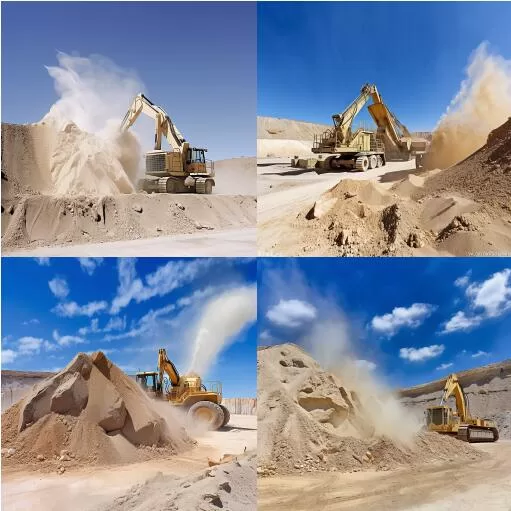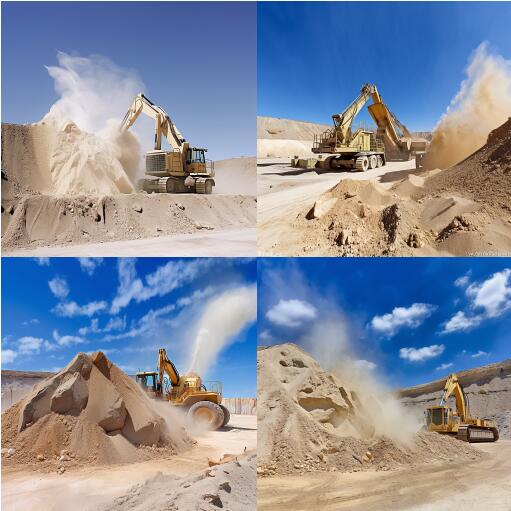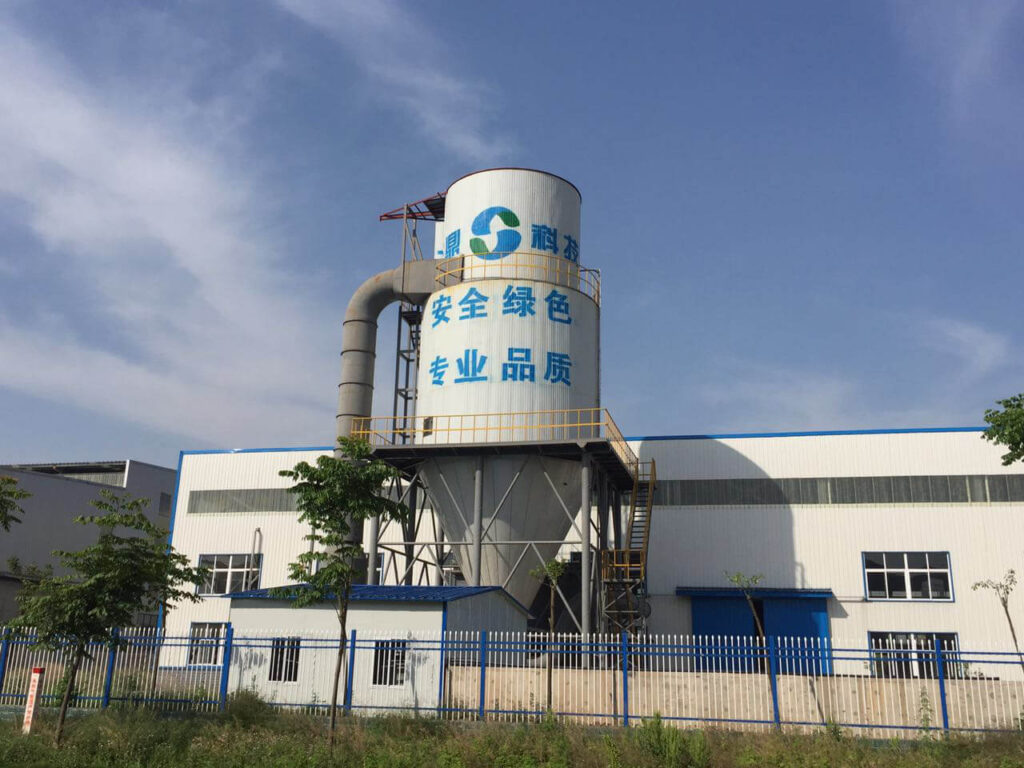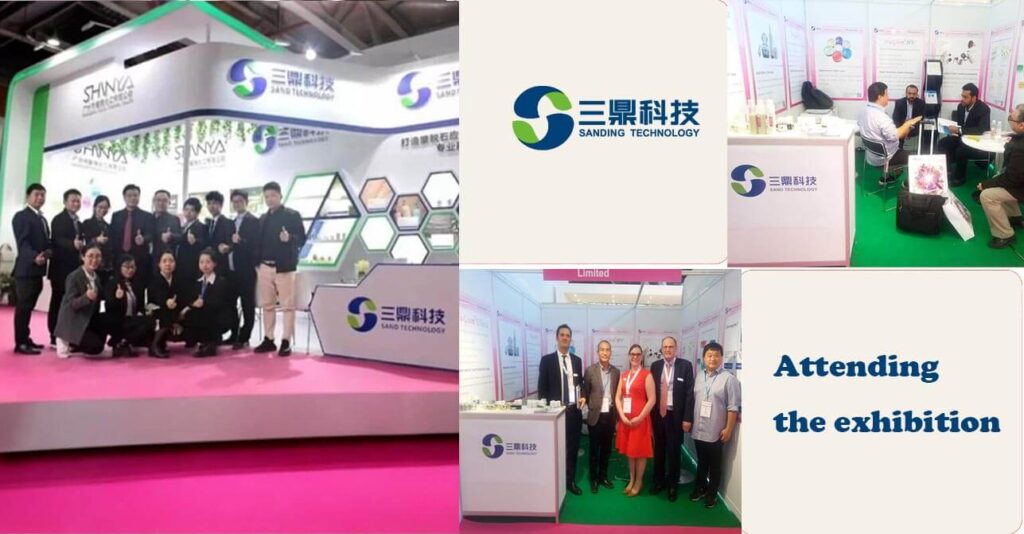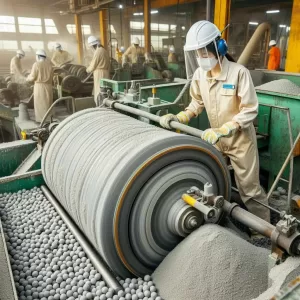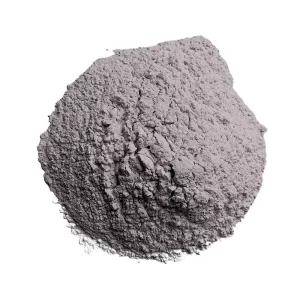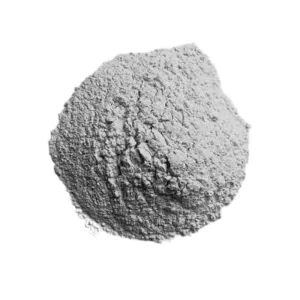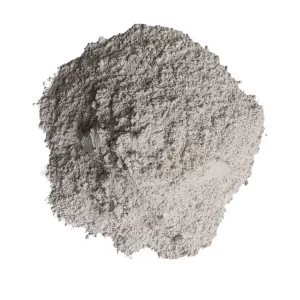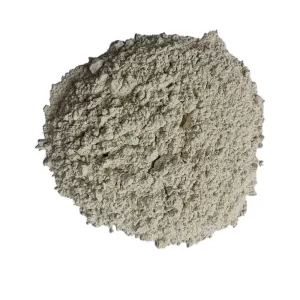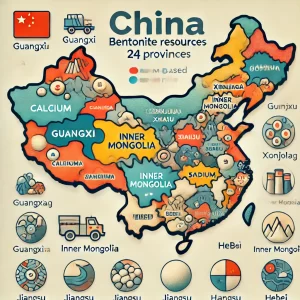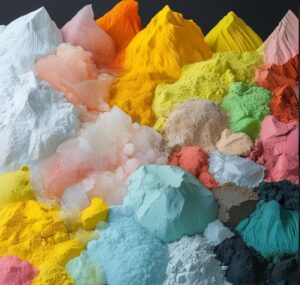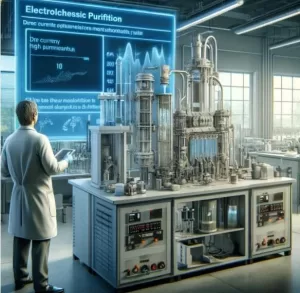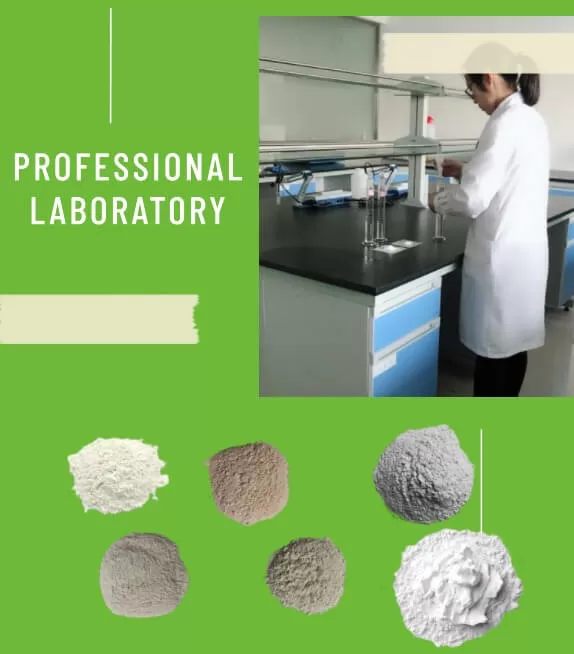Bentonite resource status and characteristics
The world bentonite clay mineral resources are abundant, but the distribution is uneven, mainly in the Pacific Rim belt, the Indian Ocean belt the Mediterranean Sea and the black sea belt (AhmadSaeed, 1996). The main resource countries are China, the United States, Russia Germany, Italy, Japan and Greece.
According to the former U.S. Bureau of Mines, the world’s identified resource of bentonite is 14.52x108t (excluding China). Global sodium-based bentonite resources are less than 5x108t, the main source for the United States, such as Wyoming, reserves of 0.68×108 ~ 1.2x108t (National Resources Information Center, 2016); Russia, Italy, Greece and China are also distributed. Calcium-based bentonite is mainly distributed in the United States in Texas and Nevada, Turkey’s Ankara region Italy’s Sardinia, Pontin Island Morocco and other countries or regions. U.S. bentonite development time is long, Wyoming has 80 years of mining history, and the current resources are gradually depleted.
Italy Pontin Island bentonite has been mined out, in Japan and Southeast Asian countries with limited resources. China’s bentonite resources are among the world’s leading, proven reserves, but mainly calcium-based bentonite, sodium-based bentonite is rare, especially the largest amount of high-quality sodium-based bentonite is very short (Wang Hongxi, 1980; Xiong Mumu 2008). China’s bentonite resources are mainly distributed in Guangxi, Xinjiang, Inner Mongolia, Jiangsu, Hebei, Hubei, Shandong and Anhui provinces (autonomous regions).
The total reserves of bentonite in China account for 60% of the world total. At present, the cumulative proven reserves of 50.87x108t are more than retained reserves of more than 70x108t. Now more than 100 proven bentonite origin mainly concentrated in Xinjiang, Guangxi, Inner Mongolia and Northeast provinces, including Xinjiang and Buxuel Mongolian Autonomous County within the boundaries of the bentonite ore reserves have exceeded 23X108t, the current proven reserves of the country’s largest bentonite ore area.
According to Xinjiang Geological and Mining Department confirmed that there are 7 bentonite deposits in Hebuksaier Mongolian Autonomous County, of which 4 are large (Ulaanyinge, Riyue Lei, Deshannan and Deshanlun Mountain Southwest). Wulanyingge mining area bentonite ore geological reserves of 5.728x108t, accounting for 13.74% of the country’s reserves of bentonite ore at the same level.
Riyue Lei mining area bentonite ore geological reserves of 8x10t. Deshan South and Deshan Mountain Southwest bentonite ore geological reserves of 2.1x108t and 0.8x108t. Experts estimate that the Ulaanyinge area bentonite deposits of prospective reserves can be expected to be more than 50x10108t. Guangxi origin of the Ningming, Tiantong, Chongzuo, Guiping, Hengxian, etc., which contains the largest amount of Ningming, amounting to 6.4x108t, 6.4x108t, 6.4x108t, 6.4x108t, 6.4x108t, 6.4x108t, 6.4x108t, 6.4x108t. 6.4x108t, followed by East, up to 0.4x108t, total reserves of more than 11x108t. Inner Mongolia, Ningcheng, Xinghe, Hollin, Guiyang, etc. are also very rich in bentonite ore, the largest reserve is Chifeng Ningcheng, up to more than 10x108t.
The rest are distributed in Jiangsu, Hebei, Hubei, Shandong, Anhui, Zhejiang, Jiangxi, Henan, Shaanxi and Gansu provinces (autonomous regions). It can be seen that China’s bentonite ore resources are highly concentrated, conducive to the formation of large-scale enterprise groups, the establishment of large-scale production bases, specialization, scale and intensification of the direction of development.
According to forecasts, China’s bentonite ore resources have more than 80x108t, for the development of new products and research, market development, competitiveness and so on to lay the resource base (Xiong Mumu, 2008).
According to the statistics of 43 bentonite deposits, the average content of montmorillonite is 63%, which is significantly higher than the average industrial grade required by the specification (not less than 50%). Among them, four bentonite deposits in Sichuan have an average grade of 88%. Extra-large deposits in Ningming County, Guangxi Ningming deposit grade is the highest, 62.67%, medium-sized to Tiandong County, Guangxi Tiandong deposit is the highest, 72.5%.
Xinjiang Hebuksaier Mongolian Autonomous County Ulanlinge a Riyue Lei Mine for the lowest grade of very large deposits, with montmorillonite content of only 48%. Above 43 large and medium-sized deposits, accounting for 50% of all deposits, while its reserves account for the vast majority of deposits large scale. Minerals associated with bentonite to kaolinite and ilmenite are most common, with some deposits and bumpy stone symbiosis, such as Jiangsu Yu tire County Yongshan bumpy stone clay deposits.
Northeast region, some bentonite mines and zeolite symbiosis, such as Heilongjiang Province, Bo Li County Tuan Mountain and Hailin City, zeolite bentonite deposits, Jilin Province, Changchun City, Jiutai District, Yangcao ditch and silver mine bentonite zeolite In deposits In and In so In on. East China has residual mother rock-perlite-associated deposits, such as Zhenjiang City, Jiangsu Province, Dantu District, Dangshan and Anhui Xuancheng City, and Shuidong perlite deposits. China’s bentonite deposits are mostly located in hilly areas, buried shallow, covering layer thickness of 1 ~ 15m, suitable for open-pit mining, a few mines can be underground mining.
Bentonite Ore is generally good selectivity, some mines have been dry or wet beneficiation tests. For example, Zhejiang Lin’an Pingshan sodium-based bentonite, the original ore montmorillonite content of only 45%, Zhejiang Geological Research and Testing Center with wet beneficiation, to increase its purity to 95% (blue-absorbing measurements) or more.
Bentonite ore mineral raw material characteristics
The colour of bentonite ore is white, cheese colour, light grey, light yellowish green, light red, maroon and black, mottled colour, etc.; with greasy lustre, waxy lustre and earthy lustre; fracture is often shell-like or serrated. Blocky, micro-laminated, gravelly, earthy and mottled structure, the structure is dominated by mud.
Bentonite’s main mineral component is the montmorillonite (smectite) family of minerals. Montmorillonite family of minerals including dioctahedral and trioctahedral two subfamilies, and bentonite contains usually a dioctahedral subfamily of minerals, there are the following three:
Montmorillonite: E + 0.33 (Al1.67Mg0.33) SiO4O10(OH)2 – nH2O
Bedrock: E + 0.33Al2 (Si3.67Al0.33)O10(OH)2 – nH2O
Chlorite: E + 0.33Fe + 23(Si3.67Al0.33)O10(OH)2 – nH2O
In the chemical formula, E+ is an exchangeable interlayer cation.
Some bentonite to a trioctahedral subgroup of saponite (magnesium-containing montmorillonite) and montmorillonite (containing magnesium variants) as the main mineral components.
Bentonite is often mixed with non-monzonite minerals in varying amounts. For example, kaolinite and illite, granular and flaky silicate minerals and rock chips, and soluble salts. Non-montmorillonite minerals and a variety of impurities on the physical and chemical properties of bentonite have a significant impact, on the harmful components.
Bentonite properties by its mineral composition. Dioctahedral montmorillonite, one of the terminal components of montmorillonite belongs to the monoclinic crystal system, cell parameters: a0 = 0.517nm, b0 = 0.894nm, c0 = 0.96 ~ 1.52nm. chemical composition: SiO2 48% ~ 56%, Al2O3 11% ~ 22%, Fe2O3 ~ 5%, MgO 4% ~ 9%, CaO 0.8% ~ 3.5%, H2O 12%~24%. It also contains K2O, Na2O, MnO, FeO, TiO2, P2O5, Cl and CO2. The mineral particles are fine, and the aggregates can be seen under the electron microscope in the shape of flakes, spheres, sponges and so on.
Montmorillonite has ion exchange properties, mainly cations such as Na +, Ca2 +, K +, Mg2 +, Li +, H +, A13 + exchange is reversible. In the medium of pH 7, the cation exchange capacity is 700~1400mg/kg.
Montmorillonite usually contains three states of water, i.e., surface-free water, interlayer adsorbed water, and lattice water. Montmorillonite is highly water-absorbent and swells when it absorbs water, and the spacing between the bottom surfaces of the crystal lattice increases, and the crystal axes in the highly hydrated state can reach 1.84-2.14 nm. Montmorillonite can be dispersed into a colloidal state in an aqueous medium. Montmorillonite will quickly lose free water by heat, 100~200°C to remove adsorbed water, 500C when a large number of lattice water begins to escape.
Montmorillonite has electronegativity, which has a great influence on the colloidal properties and rheological properties. Electronegativity mainly comes from lattice replacement and internal compensatory replacement formed by the lattice electrostatic (about 0.66 per pinocyte), as well as the electronegativity generated by bond breaking and the electronegativity formed by the dissociation of octahedral sheets.
Bentonite is classified according to the genus type of the contained montmorillonite group of minerals. Montmorillonite is divided into genera by the type and content of its interlayer exchangeable cations, and when the content of a cation exceeds 50% of the cation exchange capacity (CEC), the cation is named after that cation, e.g., sodium-based montmorillonite [E(Na+)/CEC ≥ 50%], calcium-based montmorillonite [E(Ca2+)/CEC ≥ 50%], aluminum-based montmorillonite [E(AI3+)/CEC ≥ 50%]. When none of the layers contains more than 50% of the exchange capacity of a cation, they are named after the two cations with the highest content, such as calcium-sodium-based montmorillonite, calcium-magnesium-based home dextrinite, and so on. In addition to this, sodium-based bentonite is rightly called alkaline clay, which is highly swollen after absorbing water. Calcium-based bentonite, also known as alkaline soil, swells less when water is absorbed (RobNebergall, 1998).
At the moment,many clients will wonder that where to buy bentonite clay,we suggest you to contact with Hubei Sanding Technology,they are a professional bentonite clay manufacturer in China.

